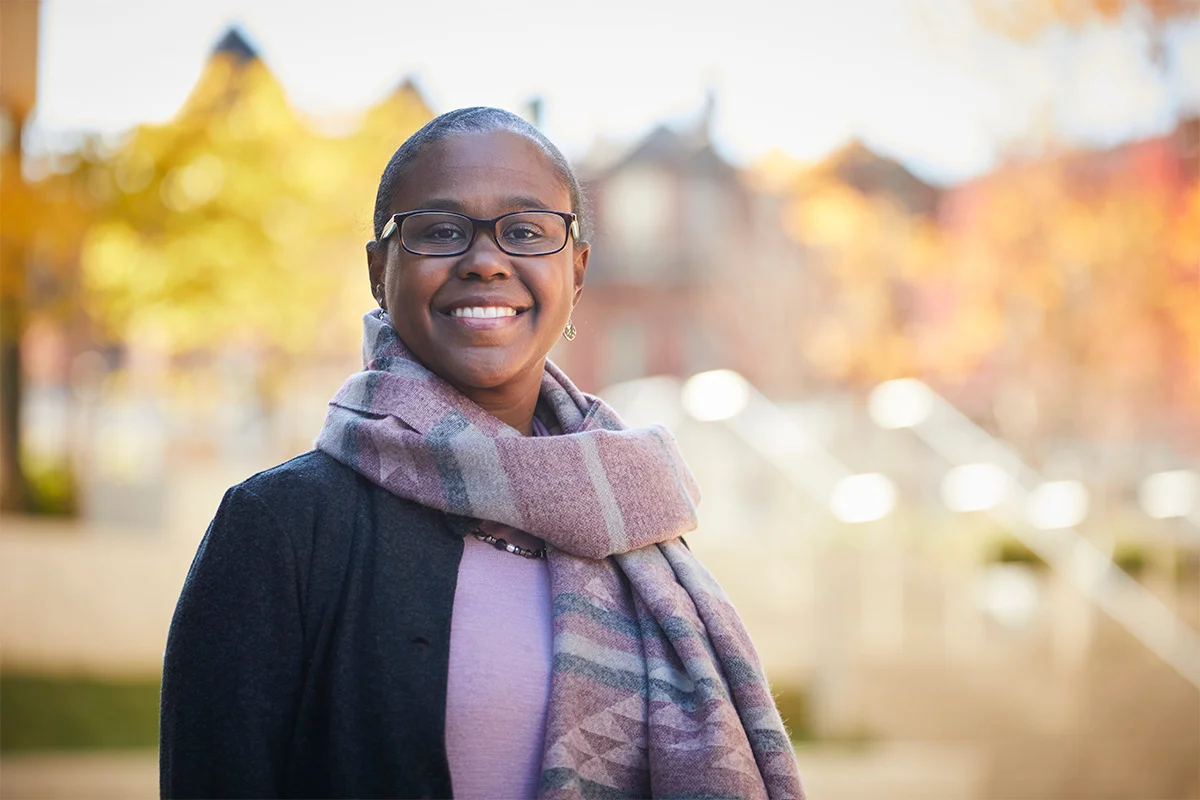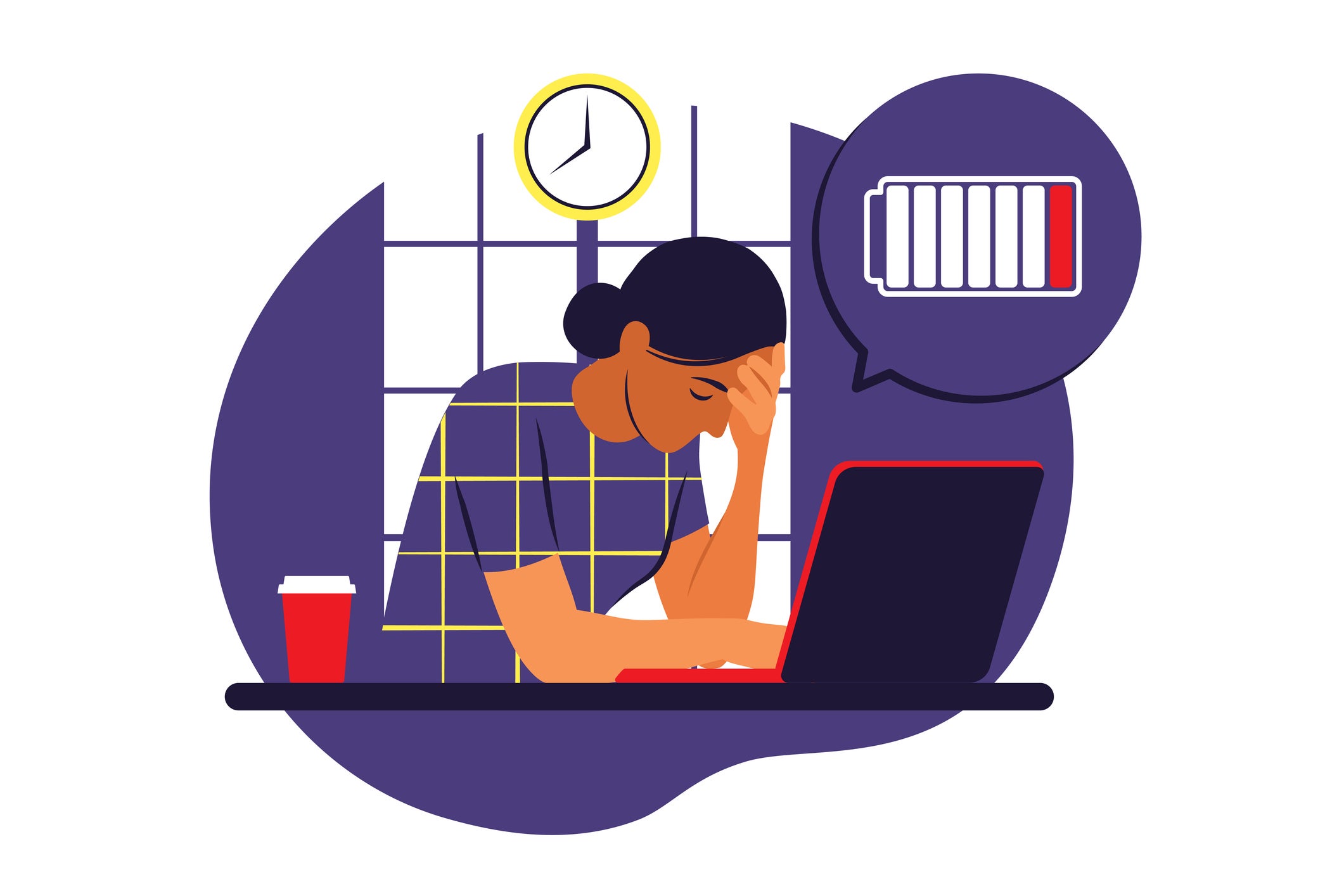Meet Our Members: Tamarra James-Todd, PhD, MPH

We’d like you to meet Tamarra James-Todd, Mark and Catherine Winkler Associate Professor of Environmental Reproductive Epidemiology in in the Department of Environmental Health. Below, we ask Tamarra about her research, academic career, and hobbies:
1. What research are you currently working on?
The Environmental Reproductive Justice Lab is currently doing work evaluating consumer product chemicals and adverse pregnancy and later-life cardiometabolic health outcomes. One of our projects is the ERGO Study, which is evaluating phthalates and cardiometabolic outcomes during pregnancy and the postpartum period. Another project is leveraging data from Project Viva to evaluate per- and polyfluoroalkyl substances and cardiovascular disease outcomes during and in the 20 years following pregnancy. We are particularly interested in pregnancy as a sensitive window of exposure. In addition, we are doing work evaluating sources of environmental health disparities for intervention development. With this, we are doing community engagement and educational outreach through our Superfund Research Center’s Community Engagement Core, where we are involved in clinical and community educational efforts and improvements in environmental health literacy through community events, workshops, and other interventions. I am also excited to be launching a newly developed Environmental Justice course and to also be preparing for the second year of the Environmental Justice Bootcamp, which was a success this past summer!
2. What impact(s) do you hope this work will make?
I hope our work in evaluating environmental chemicals in consumer products and their association with adverse reproductive health outcomes will contribute to policy change and community awareness around consumer product chemicals. I also hope that our community engagement and intervention work will improve environmental health literacy of health care professionals, as key stakeholders and communicators of health information. With this, our hope our work can have lasting change that will improve the health of individuals across the life course through both discovery and intervention based work.
3. When you were first starting out, what inspired you to embark on this path of research? Do you have any tips for young investigators?
As a master’s student at BU, several things coalesced. First, I was taking an Introduction to Environmental Health class (I was an International Health student). I was intrigued by a research data presented in the course showing differences in personal care product advertisements for black and white women as it related to content of the products. Second, a case series had just been published showing that hair products were linked to precocious puberty in young black girls. Third, a large epidemiologic study showed associations between race/ethnicity and earlier age at menarche. These studies sparked a lasting interest to understand the drivers of environmental exposure disparities that contribute to health disparities. I had amazing mentors at Columbia University that allowed me to pursue these topic areas as research ideas. One of these mentors even encouraged me to get funding to do this line of research as a doctoral student. I have now dedicated my career to evaluating less-studied environmental exposures that more commonly affect disadvantaged groups to 1) improve scientific knowledge; 2) aid in changing inequitable policies; 3) design interventions that will reduce health disparities.
My tip for young investigators is to always remember the reason why you went into the field of public health or environmental health more specifically. Do research that is of interest to you—even if that means finding a side project that inspires you. Always remember that you have the ability to contribute to the change that you want to see. Science is not only meant to document, but it more critically is meant to be used for taking action and improving the world around us.
4. How has our Center helped further your research?
The Center has provided an excellent opportunity to test new and cutting-edge research questions and spark new collaborations. Currently, I have had two successful research pilots funded through the Center—one is a pilot grant the other was funded through Facility Access Funds. Our pilot project is evaluating environmental health literacy and personal care product chemical exposures in postpartum individuals. This project is slated to aid in intervention development for individuals during the hormonally-sensitive perinatal period. The project funded through facility access funds is evaluating the associations between phthalates—a class of endocrine disrupting chemicals—and central centrifugal cicatricial alopecia, a condition that predominantly affects black women. Both of these ideas serve as an opportunity develop deeper collaborations with researchers here at Harvard and beyond Harvard’s walls, including a new research endeavor with Howard University!
I have also been excited to receive support from our Center to launch the Environmental Justice Bootcamp! This new initiative was highly successful, attracting researchers from all over the country. Our Center funded 12 scholarships that allowed students to attend.
5. Outside of the academic space, what do you like to do for fun?
I love hiking, listening to podcasts (particularly Brene Brown’s Unlocking Us 😉) and reading great fiction (one of my favorite authors is Chimamanda Ngozi Adichie)!
Click on the link below to watch a 5-minute video introducing some of the important issues Tamarra works on, such as environmental racism, health disparities, and women’s reproductive and long-term health.

